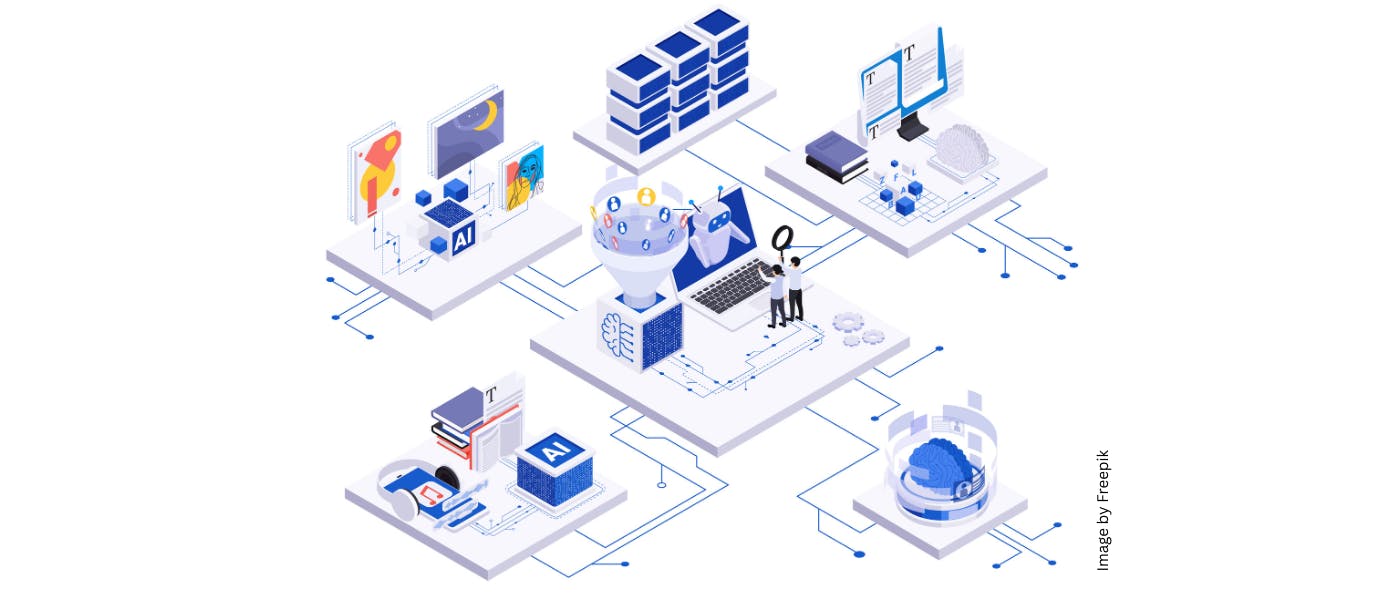The best time to bring AI into your business isn’t when things are quiet and polished.
It’s when your systems are working, but just barely. When speed drops, workflows buckle, and information disappears into siloed tools, that’s your signal.
These moments of strain are a signal your business has reached the point where AI can make a measurable difference. If the right foundations are in place, the friction you are feeling now is the perfect entry point.
Here are five ways to know if you are ready.
1. You Can’t Manage the Volume or Variability of Content
Most companies operate with fractured knowledge. Contracts live in Dropbox. Product specs are in Notion. Customer feedback sits in support logs or Slack threads.
As the volume grows, teams stop tracking the details. Context gets lost. Work slows down. AI can cut through this by stitching information across formats and systems.
Instead of reading 50 tickets manually, teams can summarize recurring patterns in minutes. Instead of searching for the right clause in a contract, they can ask for the answer directly.
2. Workflows Are Clear but Still Backlogged
Many business processes are simple, like case triage, reimbursement approvals, or role-based access controls. The trouble comes when work sits in queues, waits on reviews, or gets passed from team to team.
Instead of reworking the process, the goal is to reduce the lag.
At leading logistics trucking company U.S. Xpress, for example, an AI assistant now handles recruiting tasks that used to take several days to complete. Scheduling, screening, and follow-ups happen automatically.
The key is not redesigning the funnel, but instead automating existing workflows that are predictable and ready to be compressed.
3. You Track What Happened but Can’t Adjust in Time
Reporting systems often lag behind real-world shifts. By the time insights are reviewed in a monthly meeting, the moment has passed.
AI allows systems to respond to change rather than just record it. Some e-commerce teams already use real-time models to adjust pricing and promotions based on customer behavior and seasonal patterns.
4. You Collect Data but Still Rely on Gut Decisions
Do you have a lot of data but don’t know what to do with it? You are not alone. Most teams sit on large amounts of operational data.
Without filters, that data becomes noise. If no one is acting on it, it’s not a real asset.
AI helps teams surface what matters. Instead of scanning rows of metrics, operators can set up alerts that flag anomalies or summarize performance shifts.
When the system is already producing signals, AI makes them usable.
5. Leadership Is Already Backing AI Experiments
One of the strongest signs you are ready is when leadership is not just talking about AI, but funding it. Money on the table means they expect to see results and are open to testing.
The smart move is to begin with something small but meaningful. Pick one area of the business where the slowdown is obvious and the outcome can be measured. Run a pilot there, prove the value, and then decide where to go next.
Build on wins you can point to, and let each one create momentum for the next step.
What Comes Next
When your business starts to feel the strain, it’s not a reason to delay AI. It’s your invitation to apply it.
You don’t need to rip out systems or bet on moonshots. You just need to notice where your current structure slows you down, then build the right tools to move faster and think sharper.
Plan precisely, build what works and move forward with clarity, together with your team.











